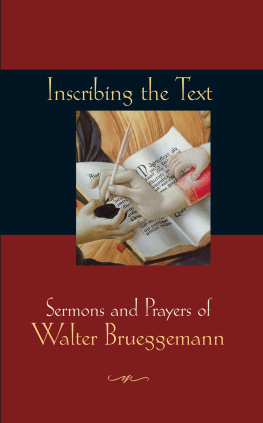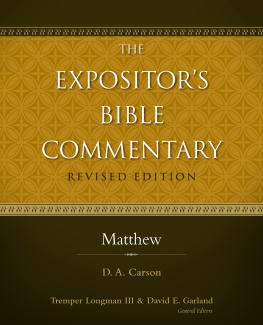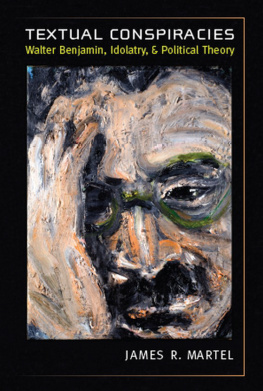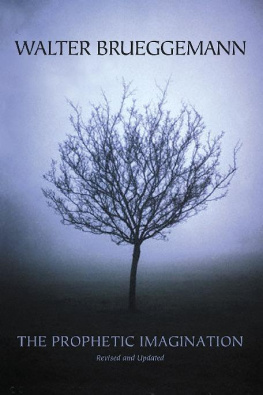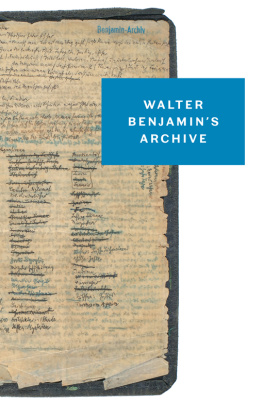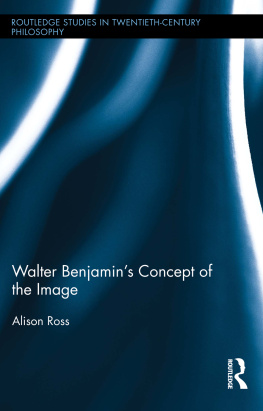ROME
THE story of Rome is a mighty chronicle of such deep importance towards an understanding of the growth of Europe, that a feeling almost of helplessness assails me as I essay to set down in this limited space an account of the citys ancient grandeur and of its monuments. It is with a sense of awe that one enters Rome. The scene gives birth to so much reflection, the pulse quickens, the imagination is stirred by the annals of Pompey and Csar, and the mighty names that resound in the history of the wonderful capital; while the ruins of the days of power and pomp are as solemn tokens of the fate of all great civilisations.
The surroundings of Rome, the vast silent Campagna, that rolling tract of wild country, may be likened to an upland district of Wales. Here are scattered relics of the resplendent days, in a desert where the sirocco breathes hotly; where flocks of sheep and goats wander, and foxes prowl close to the ancient gates. Eastward stand the great natural ramparts of purple mountains, whence the Tiber rolls swiftly, and washing Rome, winds on through lonely valleys.
Dim are the early records of the city. Myth and legend long passed as history in the chronicles of the founding of Rome. We learn now from the etymologists and modern historians that the name of Rome was not derived from Roma, the mother of Romulus, nor from ruma, but, according to Niebuhr, from the Greek rhoma, signifying strength; while Michelet tells us that city was called after the River Rumo, the ancient name of the Tiber.
ROME, 1831. THE BRIDGE AND CASTLE OF ST. ANGELO.
ROME, 1831.
THE BRIDGE AND CASTLE OF ST. ANGELO.
Romulus, the legendary founder, was supposed to have lived B.C. 752. The growth of the community on the Seven Hills began, according to the old annalists, with a settlement of shepherds. We are told that after the death of Romulus, the first king, the city was ruled by Numa Pompilius. This sovereign instituted nine guilds of industry, and united the mixed population. Tarquinius Superbus, the despotic king, reigned with fanatical religious austerity, and after his banishment Rome became a republic.
The first system of rule was sacerdotal, the second aristocratic, and the third a state of liberty for the plebeians. Then came the Gauls who burned the city to the ground and harried the whole country. Hannibal and Scipio arose, and we enter upon the period of the great Punic Wars, followed by the stirring epoch of Csar and Pompey.
How shall we separate myth and simple tradition from the veracious chronicles of the Roman people? What were the causes of the downfall of their proud city, and the decadence of the great race that invaded all quarters of Europe? These are the questions which fill the mind as we wander to-day in Rome. We are reminded of the menace of wealth, the insecurity of prosperity, and the devastating influence of militarism and the lust of conquest. We meditate, too, on the spirit of persecution that flourished here, the love of ferocity, and the cruelty that characterised the recreations of the city under the emperors.
With all its eminence in art and industry, in spite of its high distinction in the science of warfare, and its elaborate jurisprudence and codes, Rome, at one time terrorised by Nero, at another humanely governed by Aurelius, was in its last state a melancholy symbol of decrepitude and failure. The final stage of degradation was worse than the primitive period of barbarism and superstition.
In the Middle Ages, at the time when most of the wealth went to the Popes of Avignon, the city had fallen into pitiful decay. The majestic St Peters was threatened by destruction through lack of repair; the Capitol was described as on a level with a town of cowherds.


